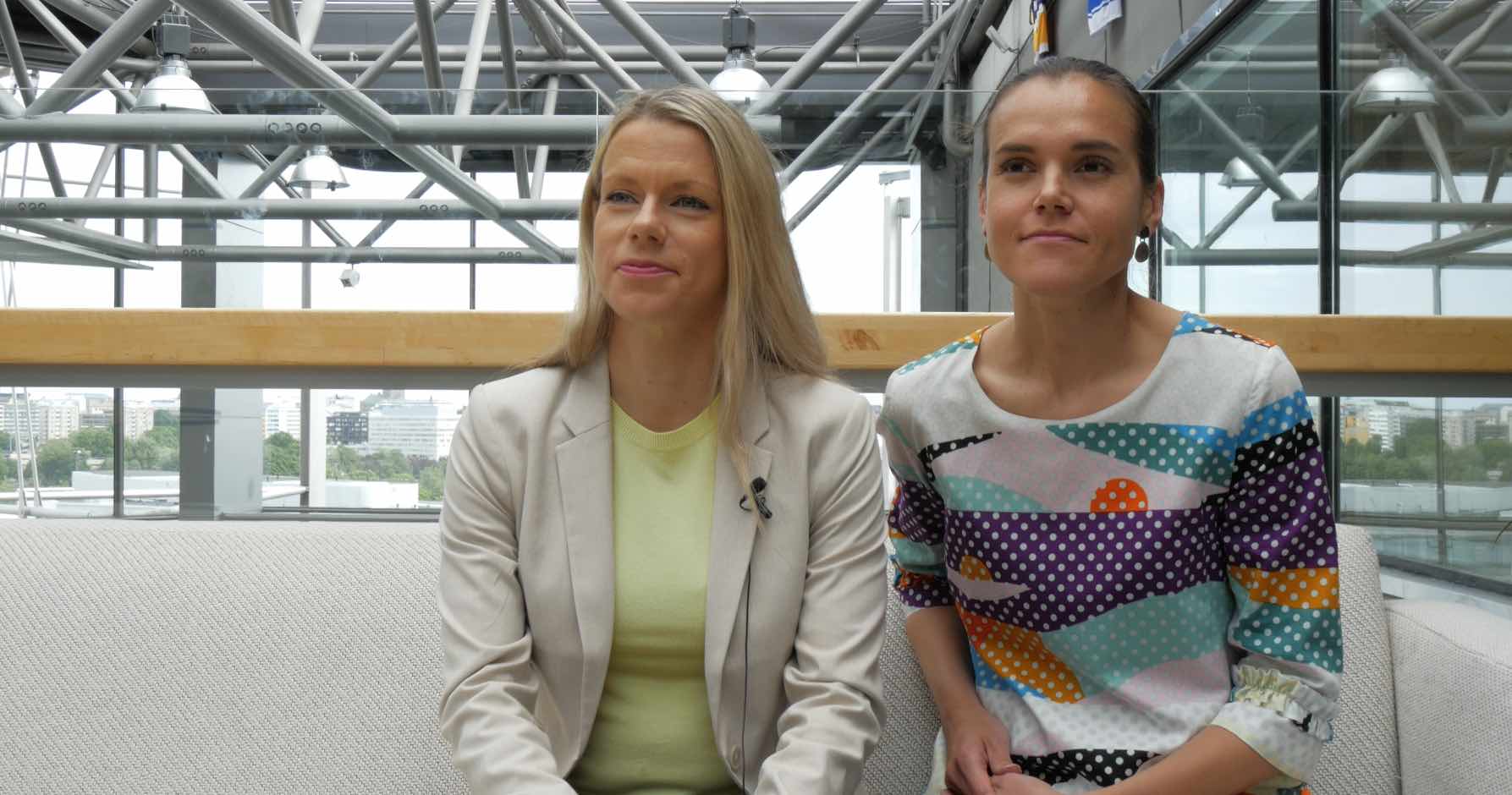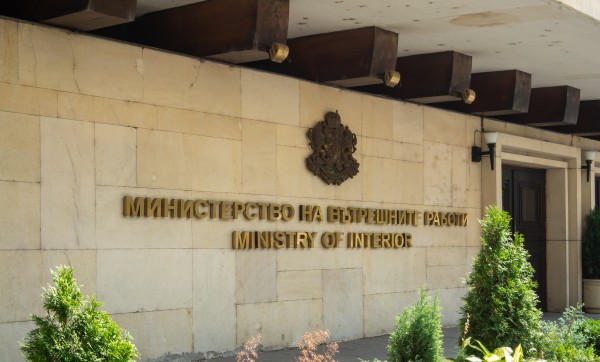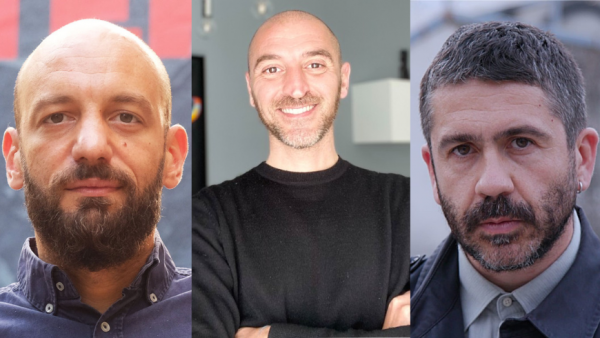Finnish media professionals recognize well the gendered aspect of online violence against journalists. While male and female journalists receive similar numbers of threats, the nature of the threats differs according to gender. According to a 2016 survey by the Union of Journalists in Finland (UFJ), 14 percent of the female journalists surveyed reported threats of sexual violence. No male journalist reported receiving such threats. Around five percent of both genders reported receiving death threats.
As part of the Safety of Female Journalists Online (SOFJO) project led by the Organization for Security and Co-operation in Europe (OSCE), IPI organized a focus group with prominent Finnish female journalists with experience of online harassment during a recent week-long IPI visit to the country.
Those present at the focus group expressed the view that talking and sharing experiences with colleagues was the best way to cope with online abuse and harassment. Many had found support from secret Facebook groups for harassed journalists. Participating journalists also agreed on the importance of having colleagues read comments and emails on a harassed journalist’s behalf and collect screenshots so that the targeted journalist would not have to experience the hate alone. Other coping mechanisms highlighted included humour, treating online harassment as a larger phenomenon rather than personal abuse, distancing oneself to the issue, avoiding certain topics, blocking or deleting social media channels, changing online behaviour, naming and shaming, and contacting or facing the harassers.
When it comes to employers’ reactions, the experiences of the female journalists varied. In some cases, managers had either not reacted to reported instances of online harassment or had reacted with indifference.
“First they promised to help, but when the threats were sent to the editor-in-chief, the only answer was a short ‘ok’”, one of the journalists recounted.
Another journalist recounted how slanderous e-mails about her had been sent not only to her but also to her editor-in-chief and managing editors. The editors never contacted the journalist about the messages and did not respond to the email.
“What if they believed what was written about me?”, she asked.
Participating journalists insisted that even a simple sentence communicating support and understanding together with an offer to provide necessary measures would have been enough to ease the emotional toll. They also recommended a greater focus on harassment of female journalists as a structural issue reflecting the status of women in society rather than as single, separate incidents.
During its Finland visit IPI also interviewed journalist and writer Johanna Vehkoo, who, together with illustrator Emmi Nieminen, published a journalistic comic book on online misogyny called The Internet of Hate and Loathing (Kosmos 2017). The book collects the stories of several women in different professions who have encountered online violence, goes through academic research on online hate, takes a look at the trolls and their motives, and finally, gives tips and suggestions on how targets can protect themselves.
Vehkoo, who herself has been a target of online harassment, has advocated for adding gender-based hate as an aggravating circumstance in hate crimes.
“The criminal system doesn’t cope with internet”, she said. “Our policy makers and the police have let the situation slip too far.”
Ilmari Hiltunen, of the University of Tampere, said his research had not encountered significant differences in terms of the amount of external interference that male and female journalists experience and noted that similar work in countries like Sweden and Norway had led to similar findings. However, he cautioned that those findings did not reveal anything about the intensity or nature of the harassment. Hiltunen also said that he had found significant differences in the attitudes of men and women regarding external interference.
“Female journalists clearly have a more negative picture of the phenomenon, and it causes them more emotional stress”, Hiltunen told IPI. “Female employees had a more negative impression of their employers’ and supervisors’ abilities to support them and more pessimistic views of the ability of their media outlet to curb external interference.”
REPORT: http://ipi.media/programmes/ontheline/countering-online-harassment-in-newsrooms-finland/
The production of this report was supported by the OSCE Representative for Freedom of the Media, Adessium Foundation and the Helsingin Sanomat Foundation.



